 Listen to Teresa’s guided meditation on vitality (16 min.)
Listen to Teresa’s guided meditation on vitality (16 min.)
Dr. Ellen Langer, a renowned mindfulness researcher and experimental social psychologist at Harvard University and the author of the groundbreaking book Mindfulness, defines mindfulness as the simple process of actively noticing new things. The beauty of mindfulness is that every moment we spend being truly present is new: this moment, this very moment, has never happened before and will never happen again. We’re not lost in the past; we’re not projecting into the future. And this sense of newness brings renewal, even doing tasks we previously considered mundane.
You can read more about Dr. Langer and her innovative research here.
The Irish poet David Whyte has brought poetry and insight to the role of work in our lives in ways that have revitalized work culture around the world. His books include Crossing the Unknown Sea: Work as a Pilgrimage of Identity and The Heart Aroused: Poetry and the Preservation of the Soul in Corporate America.
Here, he writes about a wise friend who brought him insight into the cure for exhaustion:
I felt as if I didn’t have an ounce of energy left to do the work I had been doing…. I could feel how utterly exhausted I was in body and spirit, and how much I needed to talk with someone, anyone, but also how marvelous is was [that I was about to be visited by the person who ] … had exactly the kind of perspectives I needed at that moment.
I could see Brother David already in my mind’s eye….[He] was my kind of monk; no stranger to silence but equally at home in the robust world of work, it’s words, and its meaning… You might be impressed by his extraordinary capacity for compassion, but it did not mean he would let any unthinking assertion pass him by without a challenge or clarification…
[After he arrived and we sat across the table from each other with glasses of wine,] I looked up at Brother David, the nearest thing I had to a truly wise person in my life, and found myself blurting,
“Brother David?”
I uttered it in such an old, petitionary, Catholic way that I almost thought he was going to say, “yes, my son? But he did not; he turned his face toward me, following the spontaneous note of desperate sincerity, and simply waited.
“Tell me about exhaustion,” I said
He looked at me with an acute, searching, compassionate ferocity for the briefest of moments, as if trying to sum up the entirety of the situation and without missing a beat, as if he had been waiting all along to say a life-changing thing to me. He said, in the form both of a question and an assertion:
“You know that the antidote to exhaustion is not necessarily rest?”
“The antidote to exhaustion is not necessarily rest,” I repeated woodenly, as if I might exhaust myself completely before I reached the end of the sentence, “what is it, then?”
The antidote to exhaustion is wholeheartedness.”
From Crossing the Unknown Sea by David Whyte, Riverhead Books, 2001, pp. 129-132.
Artwork, “Dalmatian Pelican” ©2021 Teresa Jordan
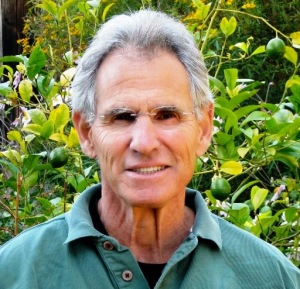 Jon Kabat-Zinn has been a pioneer in bringing mindfulness techniques into the mainstream of medical practice to work with stress, pain and illness. You can read an overview of this work here. He is the author or editor of dozens of books; a good place to start is Full Catastrophe Living: Using the Wisdom of the Body and the Mind to Face Stress, Pain, and Illness.
Jon Kabat-Zinn has been a pioneer in bringing mindfulness techniques into the mainstream of medical practice to work with stress, pain and illness. You can read an overview of this work here. He is the author or editor of dozens of books; a good place to start is Full Catastrophe Living: Using the Wisdom of the Body and the Mind to Face Stress, Pain, and Illness.
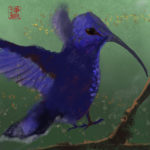 Guided meditation:
Guided meditation: 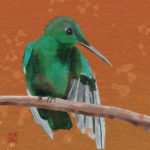 It was lovely to be with you today to explore awareness of thoughts. Here are some related resources:
It was lovely to be with you today to explore awareness of thoughts. Here are some related resources: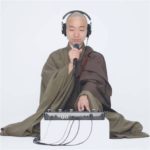 For a fun but also moving example of how taking a moment to ground in presence can illuminate what follows, enjoy this video of
For a fun but also moving example of how taking a moment to ground in presence can illuminate what follows, enjoy this video of 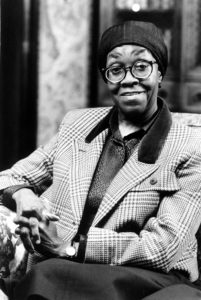 Still Do I Keep My Look, My Identity
Still Do I Keep My Look, My Identity When we dissociate from our bodies, we dissociate from life itself. As beloved mindfulness teacher Tara Brach has noted, “The most profound and full presence can only be experienced if we’re awake right here in this body – with a quality of sacred presence that comes when, without any resistance or grasping, we really plant ourselves in the universe, in this body, in this being right here.”
When we dissociate from our bodies, we dissociate from life itself. As beloved mindfulness teacher Tara Brach has noted, “The most profound and full presence can only be experienced if we’re awake right here in this body – with a quality of sacred presence that comes when, without any resistance or grasping, we really plant ourselves in the universe, in this body, in this being right here.” Listen to Teresa’s
Listen to Teresa’s  Listen to Teresa’s
Listen to Teresa’s